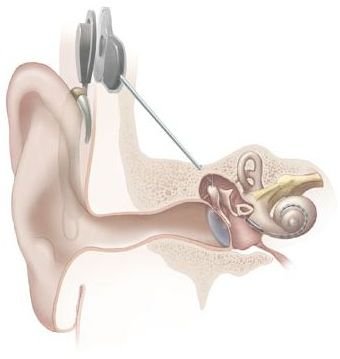What is Bionics?
What is Bionics?

Bionics is the blend of nature, technology, and engineering. How the term was created is disputed; some believing it comes from the Greek word ‘bion’ and the suffix ‘ic’ to mean ‘like life’. Others believe it stems from the combination of the words ‘biology’ and ‘electronics’. Only Jack Steele, who is credited with coming up with the term ‘bionics’, knows for sure.
Though the terms ‘biomimetics’ and ‘biomimicry’ are also used, the specific term of bionics is most commonly preferred in usage with medical applications.
Bionics and Popular Culture
The word bionics became a part of pop culture due to television shows in the 1970’s titled “The Six Million Dollar Man” and “The Bionic Woman”; and a remake introduced in 2007 of the show “The Bionic Woman”. However, the science behind bionics is fact, not fiction.
The Science and Art of Bionics
The science of bionics is the art of combining technology with medicine. Artificial organs and limbs are the most commonly used forms of bionics. The heart of bionics is not just imitating nature, but also creating something that functions in the same or in a similar way to the part it is replacing. For example, a bionic ear does not just enable hearing in general, but it allows the recipient to hear sounds in a manner similar to the way a real human ear hears - including the tones and subtleties that help define and clarify speech and noises that are more delicate.
Certain prosthetic limbs not only enable a recipient to function with that limb, but in some cases may improve function over what was previously experienced by the recipient. One example is a prosthetic leg specially made for recipients who run, jog, and race. The unique design of such a prosthetic device allows for better balance, agility, and control than a typical prosthetic leg.
A controversy arose over an accusation that the prosthetic legs of South African sprinter Oscar Pistorius gave him an advantage over his competitors. In January of 2008, after an independent study was conducted, the IAAF banned him from competing in their sanctioned events, including the Olypics. (Fitzgerald)
Examples of Bionics
Some of the more commonly known and used bionic devices include cochlear implants (also called “bionic ears”), artificial hearts, knee replacements, hip replacements, and defibrillating implants and pacemakers.
Sources:
Running With Prosthetic Legs. Matt Fitzgerald. Runnersworld.com. February 29, 2008.https://www.runnersworld.com/article/0,7120,s6-243-297–12492-0,00.html
Image Credit
Cochlear Implant (bionic ear). Wikimedia Commons. Public Domain.